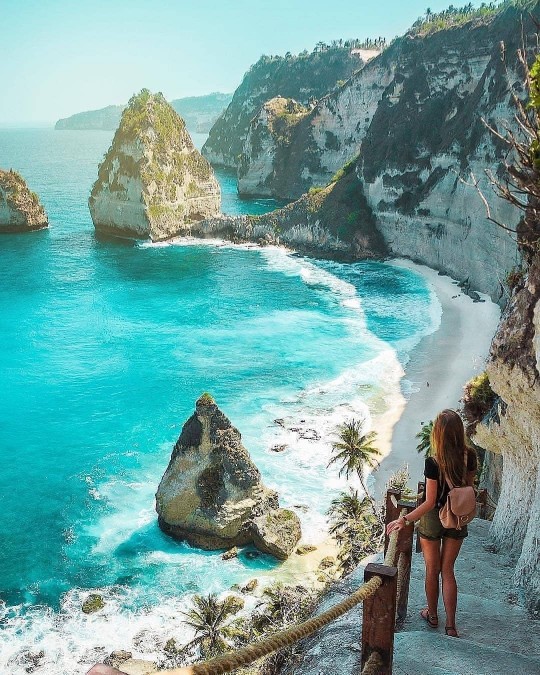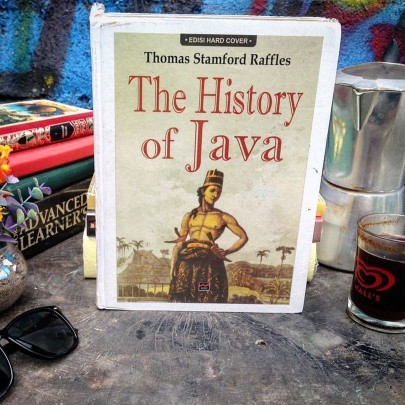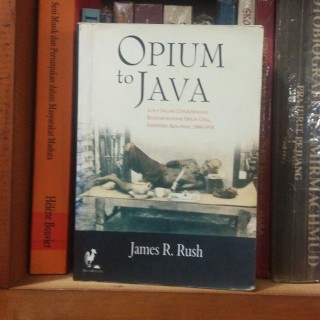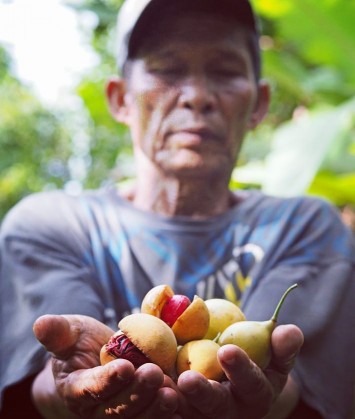On May 29, 2006, the district of Porong in Sidoarjo, East Java, witnessed the beginning of a mudflow disaster. The mud, spewing incessantly since then, shows no signs of stopping. Geologists predict this phenomenon could last over 30 years. What was once a bustling community is now a vast, muddy sea. The locals whose homes were submerged have since received compensation and are rebuilding their lives. The area around the mudflow is now devoid of residential housing.
Even the President of Indonesia, Susilo Bambang Yudhoyono, once suggested transforming the Lapindo mudflow site into a tourist attraction. Curious about how the mudflow began and the efforts to develop geotourism in Porong, Sidoarjo? Let’s dive in!
The Origin of the Lapindo Mudflow

It all started with PT Lapindo Brantas, which began drilling the Banjar Panji-1 exploration well to assess the potential for tapping into a large natural gas formation. On May 29, 2006, mud began erupting about 200 meters from this well. Some scientists believe the drilling triggered the Sidoarjo mud volcano.
The drilling at Banjar Panji-1, located in Renokenongo Village, faced several challenges. Initially, PT Lapindo Brantas tried to purchase land in Siring Village in mid-2005 but was met with resistance from the locals. The same happened in Jatirejo Village, where the company failed to acquire land at reasonable prices. Finally, in March 2006, PT Lapindo Brantas secured land in Renokenongo Village with the local head’s help, who misled villagers into believing the land was for a poultry farm.
According to Ali Azhar Akbar’s book, Conspiracy Behind the Lapindo Mudflow, by May 18, 2006, PT Medco Energi had warned Lapindo to install a 9 5/8 inch safety casing during drilling at 8,500 feet. This precaution was ignored, and drilling continued to 9,297 feet without proper casing, leading to the eventual loss of control over the well.
By May 27, 2006, Lapindo reported a loss of drilling mud, used to lubricate and transport rock fragments. Attempts to mitigate this with Lost Circulation Materials (LCM) failed. Subsequently, the well experienced a gas kick, where gas pressure forced the mud upwards.
Despite efforts to seal the well on May 28, 2006, the mud continued to spew, resulting in a catastrophic mudflow. According to Syahdun, a mechanic from PT. Tiga Musim Mas Jaya, the blowout occurred around 4:30 AM, as gas pressure from the well pushed mud through the ground, ultimately leading to the massive eruption.

Current Mudflow Management
On March 2, 2017, the Indonesian government established Presidential Regulation No. 21, 2017, dissolving the BPLS and forming the Sidoarjo Mudflow Control Center (PPLS). This body, part of the Ministry of Public Works and Public Housing (PUPR), is responsible for managing the mudflow under the Directorate General of Water Resources.

Developing the Mudflow Area into a Geotourism Site
The PPLS is currently working on transforming the mudflow area into a geotourism site. This initiative aims to protect the reclaimed land and foster local economic potential. The geotourism development focuses on conservation, education, and economic improvement while preserving local wisdom.
Future plans for the geotourism site include multiple zones: the eruption center, a mudflow museum, greenhouse and outbound zones, an embryo museum, mud utilization zones, sports areas, green open spaces (RTH), wildlife conservation zones, and water conservation areas. The Ministry of Public Works and Housing has allocated Rp 287 billion for handling primary activities, including channeling approximately 20 million cubic meters of mud to Kali Porong annually.
The Lapindo mudflow remains a dark chapter in Indonesian history, leaving lasting social and cultural impacts. However, the development of geotourism in this area holds the promise of economic growth for the local community.
Discover Java with Java Private Tour
If you’re an international tourist looking to explore Java, whether for leisure, business, research, journalism, or even YouTube content creation, consider Java Private Tour for a memorable experience. Our guides are fluent in English, friendly, and highly knowledgeable. We offer flexible schedules tailored to your preferences and provide professional, certified local guides.
Java Private Tour also offers private car rentals, from sedans and vans to tour buses. Our team, including drivers and guides, are licensed professionals, ensuring a safe and comfortable journey. We’re even recommended by various embassies, thanks to our top-notch service.
So, if you’re ready to explore the wonders of Java, head over to www.javaprivatetour.com/req and let’s start planning your adventure. Or you can simply click this link : https://wa.link/wk2hur to chat with us on WhatsApp.
With Java Private Tour, you’re not just getting a guide; you’re gaining a friend who will ensure your trip is nothing short of extraordinary. See you in Java!
















